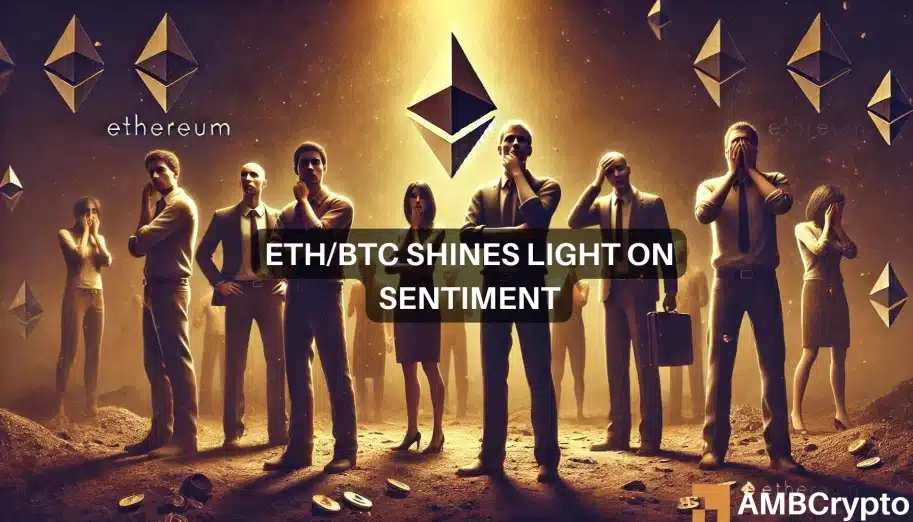Ethereum [ETH] has shown a considerable decline in performance since April, especially in comparison to Bitcoin [BTC]. Despite being a dominant player in the altcoin market, Ethereum’s struggle to keep pace with market dynamics has raised questions about its future as a viable form of currency.
The ETH/BTC chart has been on a clear downward trend since April 2023, reaching lows not witnessed since April 2021. The recent bearish sentiment has cast doubts on Ethereum’s ability to maintain its position in the market.
Factors Contributing to Ethereum’s Depreciation
Investors with long-term positions in Ethereum have expressed concerns over its diminishing value relative to Bitcoin. One significant factor impacting Ethereum’s performance is the inflationary pressure introduced by the Dencun upgrade in March 2024.
The implementation of EIP 4844 as part of the Dencun upgrade led to a substantial reduction in transaction costs for Layer 2 transactions. While this development was beneficial for users, the decline in network fees resulted in a decrease in the amount of ETH being burnt, making the token slightly inflationary over the past six months.
This shift is evident in the increasing ETH supply trend.
Rising Activity Levels Bring Hope
Arbitrum [ARB] and Polygon Ecosystem Token [POL] recorded an uptick in transaction volumes, with Optimism [OP] emerging as the standout performer. This growth highlighted the increasing popularity of Layer 2 solutions.
Notably, Optimism’s exceptional performance can be attributed to the integration of Coinbase’s Base L2 on the Optimism Superchain.
The inflationary nature of ETH and its comparative performance against Bitcoin raise doubts about Ethereum’s viability as a currency. While increased activity levels may address some of these concerns, the lack of market confidence in ETH is underscored by the ETH/BTC chart.

